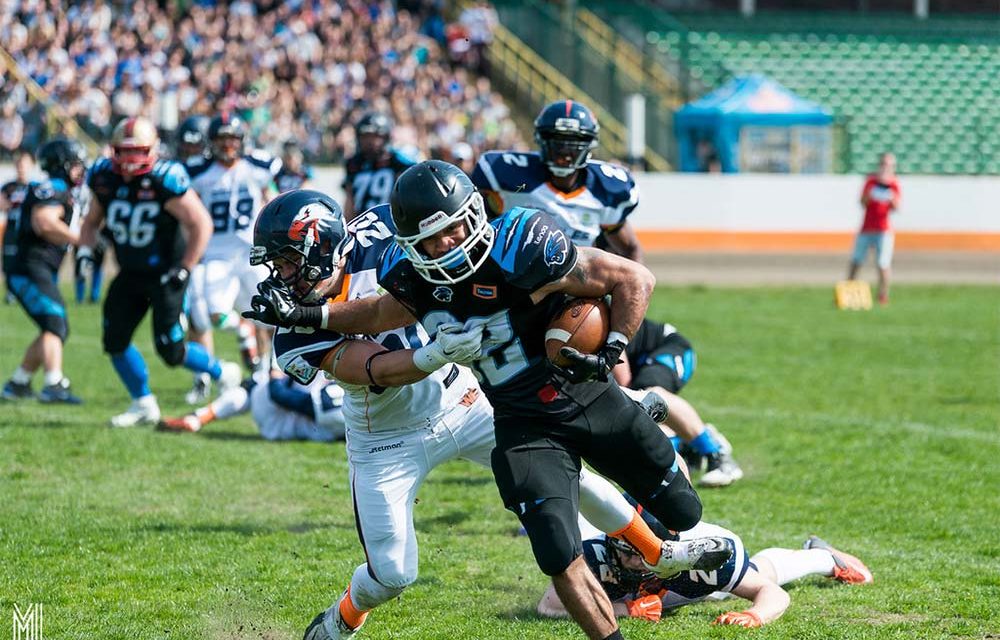Injuries are a part of every sport. There’s no denying that. But they are especially prevalent in the NFL, where they impact daily functionality perhaps more so than any other professional league.
Every aspect of the game is built around injuries. Teams structure their rosters under the guise they’ll have many players on their missing chunks, if not large swathes, of their competition. Television broadcasts are trained how to handle them in real-time; do they cut to commercial or show replay?
Fantasy football players broker trades and complete drafts depending on the latest injury news. That same information dictates how betting sites update their NFL odds on a daily basis. And, of course, players’ careers are altered by the severity of their injury. They may never be the same. Setbacks can cost them serious money in free agency.
This is just a reality in the NFL. It’s a contact sport. Perfect health is a trade-off the players have always made, regardless of how cringeworthy that might seem given this is a form of entertainment. More uncomfortable than that, though, is the question of whether the state of player health is getting worse.

“Panthers Wroclaw vs. Warsaw Eagles” by Maciek Lulko is licensed under CC BY-NC 2.0
Evidence of NFL Injury Increases
While this is an issue that is confronted each and every season, the 2020 NFL campaign has served as a launching pad for an even more ubiquitous discussion. Player safety amid the coronavirus pandemic is an even greater priority and the altered circumstances under which they’re playing lend themselves to more twists and turns.
This is to say, where spates of injuries may have been overlooked or seemingly explainable in normal seasons, they are being considered with a heavier heart this time. And in 2020, specifically, it was Week 2, that acted as the breaking point.
A Week 2 to Forget
It just kept happening. Player after player. Breaking news after breaking news update. Week 2 was an unqualified onslaught of injuries. At the end of everything, the final tally was horrifying:
- Giants running back Saquon Barkley suffered a torn ACL
- Broncos quarterback Drew Lock suffered a right shoulder injury
- Bears tailback David Montgomery hurt his neck (though he returned to the game)
- Vikings linebacker Anthony Barr injured his shoulder
- Dolphins cornerback Byron Jones was hit with a groin injury
- Packers receiver Davante Adams suffered a hamstring injury
- Rams running back Cam Akers incurred a rib injury
- Colts safety Malik Hooker suffered an Achilles injury
- Colts receiver Parris Campbell needed to be carted off the field with a knee injury
- Falcons right tackle Kaleb McGary hurt his knee
- Eagles guard Isaac Seumalo suffered a knee injury
- Panthers halfback Christian McCaffrey left with an ankle injury
- Broncos receiver Courtland Sutton suffered a leg injury
- Jets receiver Breshad Perriman sat out with an ankle injury
- Chargers quarterback Tyrod Taylor suffered a chest injury just before the start of the game
The list goes on. This is merely the biggest names who were impacted. And though each injury differed in severity, that doesn’t do anything to justify the sheer breadth of players hurt. Most ended up missing multiple games or were ruled out for the rest of the season.

“Walk the Line” by AJ Guel Photography is licensed under CC BY 2.0
What’s Causing More NFL Injuries?
As the NFL has experimented with a different schedule structure, it’s become clear that a lack of preparation is to blame for the uptick in injuries.
There were no OTAs or minicamps. There was no training camp. Players have spent more time away from the teams than ever before and were then expected to ramp it up immediately.
This is not a gut feeling. It is science. Just look back to the 2011 NFL season, the year after a lockout. As NFLPA president J.C. Tretter in a letter, he wrote before the start of the season, “following the extended break after the 2011 lockout, injuries increased by 25 percent. Achilles injuries more than doubled and hamstring strains went up 44 percent.”
That is an unacceptable increase. And it poses yet another problem for the NFL as it tries to prioritize player safety.
What’s Next for NFL Injuries?
People will be quick to point out this NFL season should be an anomaly. Preseasons aren’t gone for good. Nor are minicamps. The NFL should eventually return to a sense of normalcy.
But when? This season is already butchered beyond repair, and there’s a chance the start of the 2021 campaign, if not the entire thing, is similarly impacted as society continues to deal with the fallouts of the coronavirus pandemic, even after a potential vaccine.
Plus, the NFL has already expanded its schedule to include 17 regular-season games and a shorter preseason. Many have supported the idea of a shortened preseason; injuries occur there, too. But the absence of those tune-up games could, in theory, lead to an increase in soft tissue injuries like those we’re seeing now.
All of which makes this a question without a concrete answer. The NFL will have easier, less-brutal years. But this issue isn’t just going away. And it isn’t just here to stay. It’s already been here.
As ever, both the league and the players association must find a way to maximize the prep time for each season so that any alterations to the offseason training regime don’t consign both sides to what they’re witnessing now: too many injuries.















